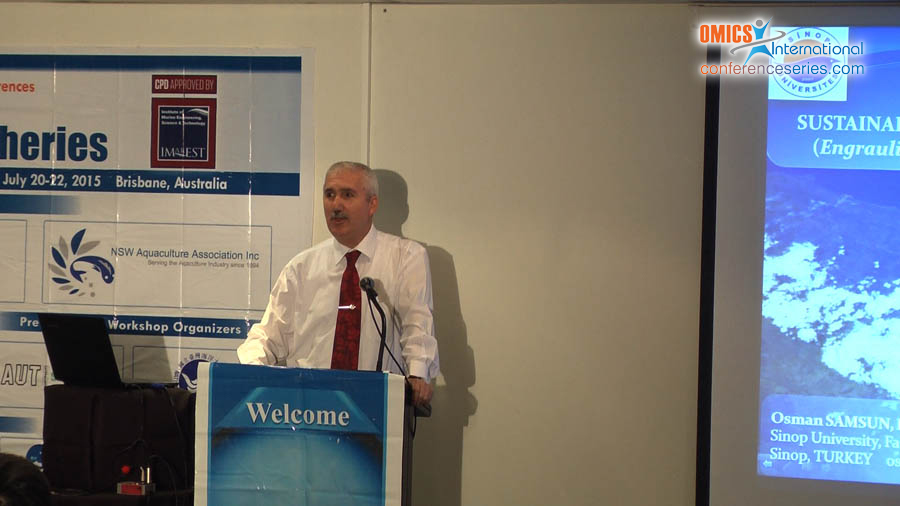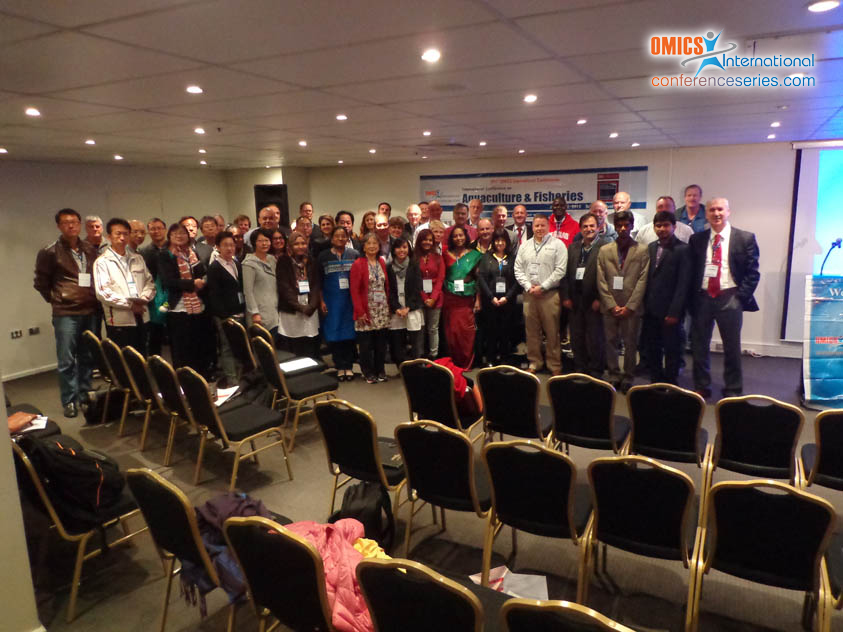
Osman Samsun
Sinop University, Turkey
Title: Sustainable fisheries of the European anchovy (Engraulis encrasicolus) in the Black sea, Turkey
Biography
Biography: Osman Samsun
Abstract
The Black Sea fish have been shared by Bulgaria, Romania, Georgia, Ukraine, Russia Federation and Turkey. Anchovy is the most major capture fish species in the Black Sea and the most amounts was caught annually by Turkey and Georgia. About 250-300000 tons anchovy was caught annually in Turkish fishermen using purse-seine and mid-water trawl. The anchovy shoals were found to have migrated to the Georgian coasts thus preventing the Turkish anchovy fishing in recent years. Because of this, most of the Turkish fish meal and fish oil factories which use pelagic fish especially anchovy as a raw material relocated to Georgia. In the Turkish Seas, fishing regulation is based on the minimum mesh and fish size, closed season and area, species under full conservation, completely banned fishing methods and fishing gears, gear restriction for identified species and gear or fishing method restrictions and some restrictions concerning pollutants. There are some anchovy fishing regulations such as time (16:00 PM-06:00 AM), length (9 cm TL is size of sexual maturity length), depth (24 m), gear types and nets. But in Georgia legal catch length is applied as 7 cm TL. Furthermore, in recent years there have been changes in breeding, feeding and wintering areas of the anchovy. International agreements for anchovy fisheries should be built to sustainable management plans such as joint protection measures and control system. In this study, a total of 1833 European anchovy caught by purse seine were sampled during the 2014 and 2015 fishing season in the Black Sea coast of Turkey. The total length ranged between 6.0 and 14.0 cm (mean 11.03±0.025 cm). The length-weight relationships were estimated as W=0.0108TL2.7534 (r2=0.9134, n=1833, sdlogTL=0.0464, sdlogW=0.1338, P<0.001). The slope of the length-weight relationship regression lines (Pauly’s t test=12.434) were significantly different from the isometric growth curve slope (b=3). These results showed that anchovy have negative allometric growth characteristics. Monthly length frequency distribution showed that the amount of the anchovy under the size at sexual maturity and legal size (9 cm) was found as 5.07% indicating groups of small individuals were caught minor level anchovy fisheries in the study areas. However, a stock assessment and management of this species in the Black Sea is urgently needed. To protect anchovy stock and to build sustainable anchovy fisheries in the Black Sea, some management measures such as total allowable catch and landing quotas, exclusive regional fishing permits or closed area, partner minimum fish size (example 9 cm total length) should be applied as soon as possible by six countries bordering the Black Sea.
Speaker Presentations
Speaker PDFs
Speaker PPTs Click Here





